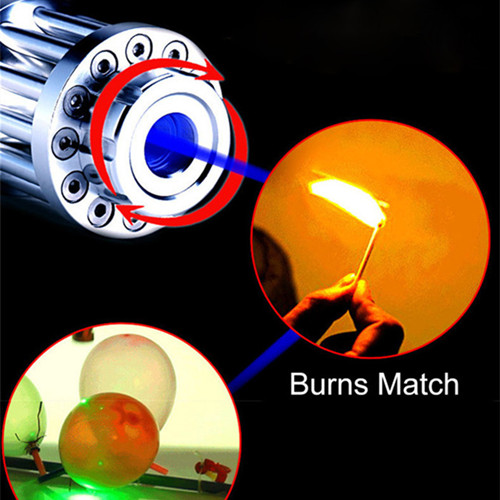Researchers from the German Federal Institute of Physics and Technology (PTB), the United Joint Astrophysics Laboratory (JILA), and the National Institute of Standards and Technology created two independent lasers, each with its own silicon Fabry-Perot Luo cavity, laser pointer line width is only 0.01Hz. This is a world record, much smaller than the usual linewidth of kilohertz or megahertz.
When cooled to 124 K, the beat frequency of the two lasers at 194 THz operating frequency (1545 nm wavelength) was 5 mHz. The phase coherence time of these two lasers can reach 55 seconds. The thermal Brownian noise of the cavity mirror limits the line width of the laser to become narrower.
Since there are no comparable lasers in the world, scientists involved in such collaborations must directly build two such laser systems. Only by comparing these two lasers can the outstanding characteristics of the emitted light be demonstrated.
The core component of each laser is a 21cm long Fabry-Perot silicon resonator. Two silicon cones are used to keep the two resonant mirrors at a fixed distance. Stable electronic components ensure that the optical frequency of the laser always follows the natural frequency of the resonator. Lasers have been used for precision measurements. New lasers are now used in PTB and JILA to further improve the quality of optical atomic clocks and make new precision measurements on ultra-cold atoms. At PTB, ultra-stable light from these lasers has been distributed through optical waveguides and then used by Brunswick’s optical clocks.
Thomas LeGro, one of the PTB researchers, said: “In the future, there is a plan to spread this light across European networks. This plan will allow for more precision between the clocks in Braunschweig and those in Paris and London. Comparison. “At JILA, a similar plan is to distribute the red laser pointer between the fiber optic network connecting JILA and various NIST laboratories. The scientists of the collaborative research saw further optimization possibilities, namely the novel crystal mirror layer and lower temperature can further reduce the thermal noise of interference, and then the line width can even become less than 1mHz.
